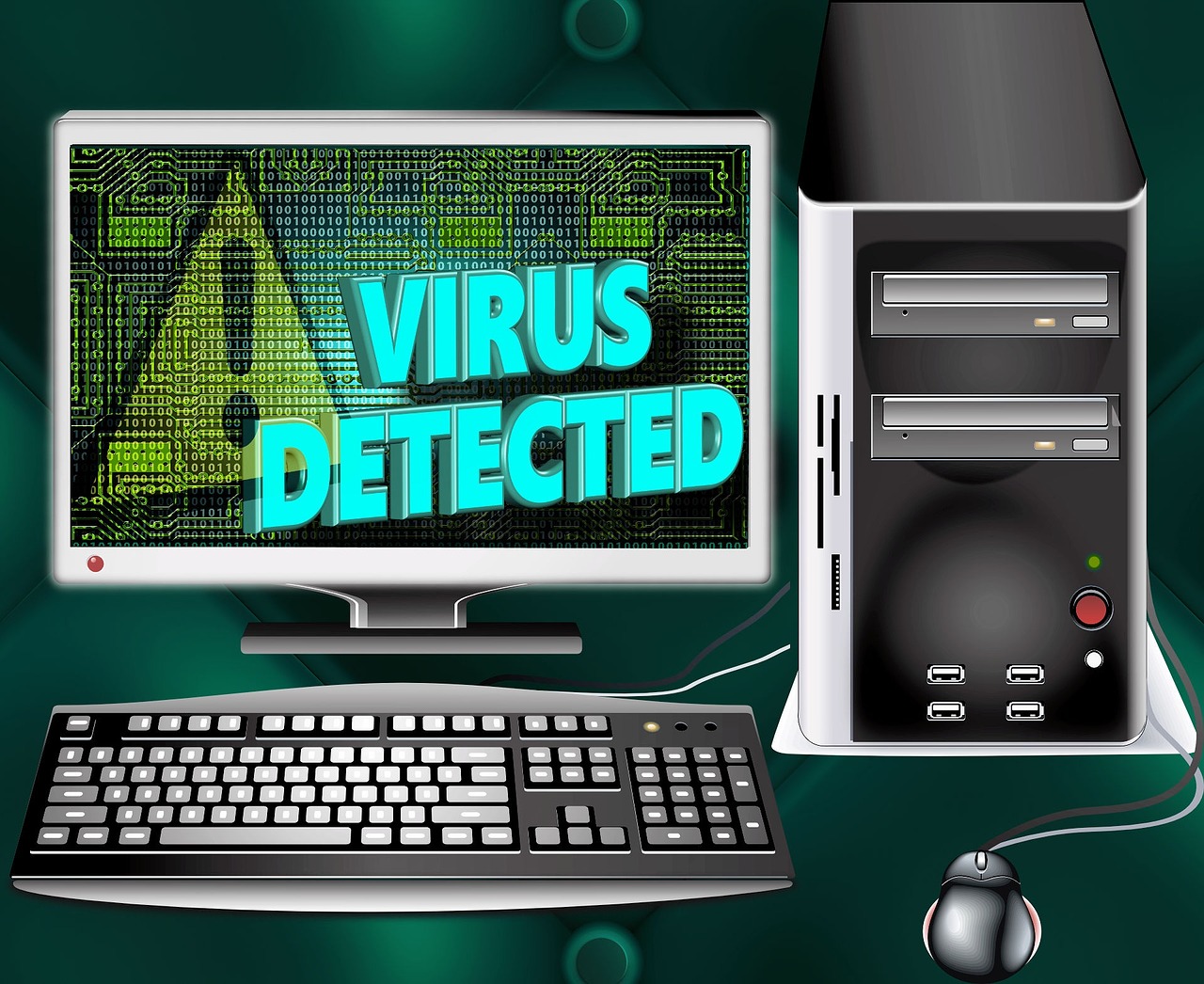Outsmarting Malicious Minds: How to Spot and Remove Malware from Your Devices
In today’s digital world, our devices are gateways to information, communication, and entertainment. However, these gateways can also be vulnerable to unwanted guests – malicious software, also known as malware. Malware can wreak havoc on your devices, stealing data, disrupting performance, and even hijacking your online activities.
This article equips you with the knowledge to fight back! We’ll explore different types of malware, signs of infection, and effective strategies to remove them from your devices.
What is Malware?
Malware is a broad term encompassing various software programs designed to harm a device or steal information. Here are some common types:
- Viruses: Self-replicating programs that attach themselves to legitimate files and spread when those files are executed.
- Worms: Spread independently, exploiting network vulnerabilities to infect multiple devices.
- Trojan Horses (Trojans): Disguised as legitimate software, tricking users into installing them. Once installed, they steal data or damage the system.
- Spyware: Secretly monitors user activity, stealing passwords, browsing history, and other sensitive information.
- Ransomware: Locks users out of their devices or encrypts their files, demanding a ransom payment to regain access.
- Adware: Floods users with unwanted advertisements, often intrusive and difficult to remove.
Signs Your Device Might Be Infected
Malware often operates silently in the background. However, there are warning signs that shouldn’t be ignored:
- Slow Performance: Malware can consume system resources, slowing down your device’s overall performance.
- Frequent Crashes: Unexpected crashes and freezes can indicate malware interfering with your device’s functionality.
- Suspicious Pop-Ups: A sudden surge of pop-up ads, especially those promoting unfamiliar software or security threats, might be a sign of adware or browser hijacking.
- Unexplained File Changes: New files appearing on your device or existing files being modified without your knowledge could be a red flag.
- Changes to Browser Settings: Your homepage or default search engine unexpectedly changing can indicate malware altering your browser settings.
- Battery Drain: Increased battery consumption without a clear explanation might signal malware running in the background.
Protecting Yourself from Malware
Prevention is always better than cure. Here are some key steps to safeguard your devices:
- Install a Reputable Security Software: A robust security software can scan for and remove malware in real-time. Choose a trusted brand with a good reputation and keep it updated.
- Practice Safe Browsing Habits: Be cautious when clicking on links or downloading files, especially from unfamiliar sources.
- Beware of Phishing Attacks: Phishing emails or websites try to trick you into revealing personal information or clicking on malicious links. Don’t click on suspicious links or attachments, and verify website legitimacy before entering any sensitive information.
- Keep Software Updated: Outdated software has security vulnerabilities that malware can exploit. Regularly update your operating system, applications, and security software to patch these vulnerabilities.
- Be Wary of Free Downloads: Free software can be tempting, but some might be bundled with malware. Stick to reputable sources like official app stores whenever possible.
- Enable Strong Passwords: Use strong, unique passwords for all your online accounts. Consider using a password manager to generate and manage complex passwords.
- Enable Two-Factor Authentication: Two-factor authentication (2FA) adds an extra layer of security by requiring a second verification code in addition to your password.
Check out our YouTube Channel at: https://tinyurl.com/3jzms24a
Removing Malware from Your Devices
If you suspect a malware infection, take immediate action. Here’s a step-by-step approach:
- Disconnect from the Internet: This prevents the malware from spreading or communicating with its creators.
- Scan with Your Security Software: Run a thorough scan using your security software to identify and remove any detected malware.
- Boot into Safe Mode: Safe mode allows your device to start with only the essential programs, making it easier to identify and remove malware that might otherwise be hidden.
- Identify and Remove Malicious Programs: Review the list of programs flagged by your security software or identified through manual checks. Uninstall any suspicious or recently installed programs you don’t recognize.
- Clear Your Browser Cache and Cookies: Malware can sometimes hide in browser data. Clearing your cache and cookies can help eliminate any malicious elements.
- Change Passwords: If you suspect malware might have stolen your passwords, change your passwords for all your online accounts immediately.
If the Infection Persists
In some cases, malware can be particularly difficult to remove. If you’ve exhausted all the steps above and the infection persists, consider seeking professional help:
Seeking Professional Help and Additional Resources
- Tech Support: Many device manufacturers and security software companies offer technical support services. These resources can be invaluable if you’re struggling to remove malware on your own.
- Data Backup and Recovery: In extreme cases, a complete data wipe and system restore might be necessary. However, this approach comes at the cost of losing all your personal data. If you suspect a severe infection, prioritize backing up any critical data before attempting a system restore.
- Online Security Resources: Reputable cybersecurity organizations and government agencies offer a wealth of information and resources on malware protection and removal. Here are a few examples:
- National Institute of Standards and Technology (NIST) – https://www.nist.gov/cybersecurity
- Cybersecurity & Infrastructure Security Agency (CISA) – https://www.cisa.gov/
- SANS Institute – https://www.sans.org/
Remember:
- Staying vigilant and proactive is key to protecting your devices from malware.
- By following the security best practices outlined above, you can significantly reduce the risk of malware infection.
- If you suspect an infection, act swiftly to isolate the problem, remove the malware, and secure your accounts. Don’t hesitate to seek professional help if needed.
By understanding the different types of malware, their warning signs, and effective removal strategies, you can keep your devices safe and secure in today’s ever-evolving digital landscape.
Check out our YouTube Channel at: https://tinyurl.com/3jzms24a
